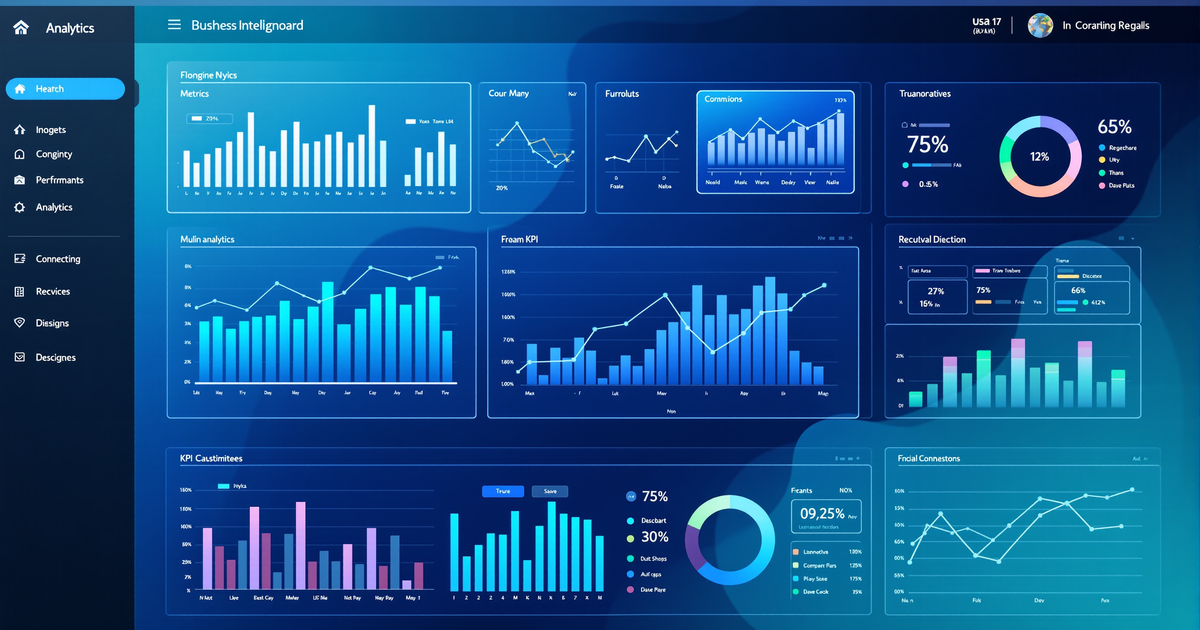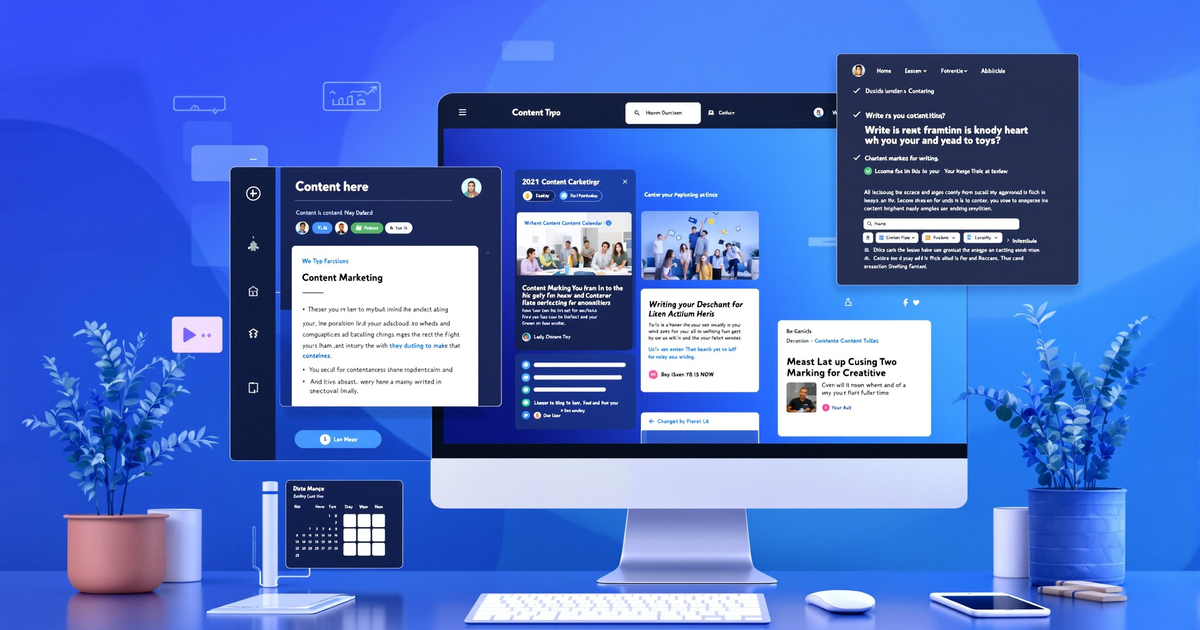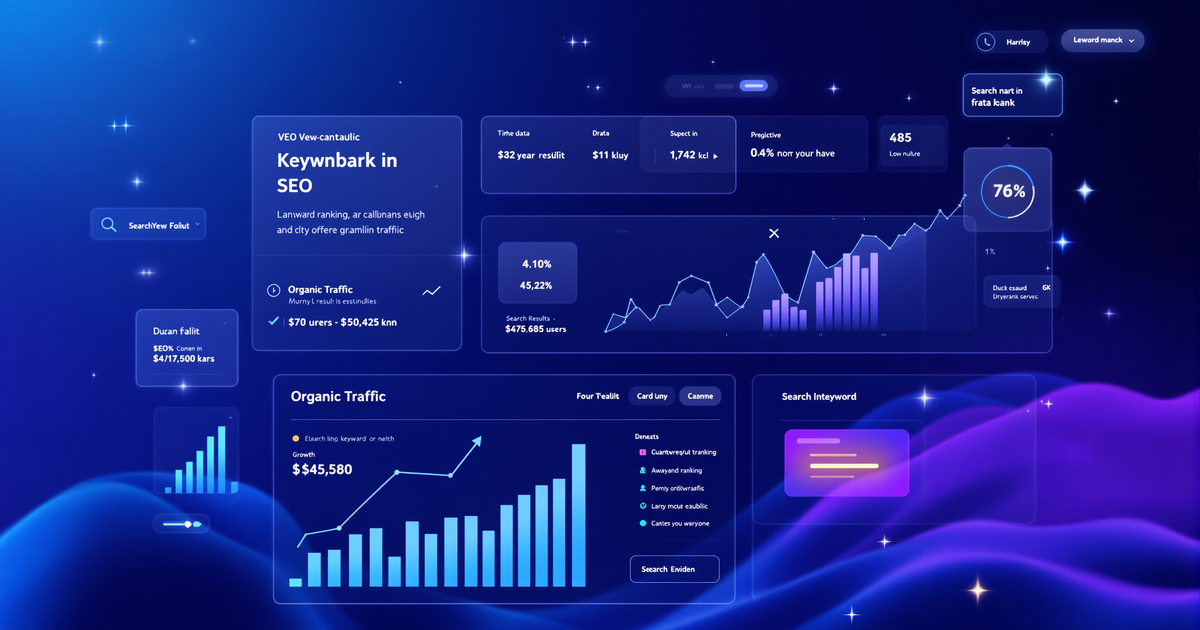Why 2025 Is a Pivotal Year for Cellular Data
Cellular data is no longer a background utility—it’s the backbone of modern business. In 2025, over 5.81 billion people worldwide own a smartphone, representing more than 70% of the global population. More than 64% of all website traffic now comes from mobile devices. This means that if your business isn’t mobile-first, you’re already behind.
Key 2025 Cellular Data Stats for Businesses
- Global mobile data usage: 200 exabytes per month (excluding FWA)
- Average smartphone data consumption: 23 GB per month
- 5G’s projected share of mobile traffic by 2030: 80%
- Video streaming’s share of cellular data: Over 75%
- Mobile commerce’s share of global e-commerce: 60% in 2024, rising to $2.52 trillion in 2025
The Top Cellular Data Trends Shaping Business in 2025
5G Expansion and Unprecedented Data Speeds
5G is rapidly becoming the dominant mobile standard, accounting for an ever-growing share of global traffic. By the end of 2025, 5G is projected to account for nearly half of mobile data traffic, enabling ultra-fast download/upload speeds, near-zero latency for applications, and massive data throughput for IoT and cloud services.
Actionable Tip: Assess your digital platforms for 5G-readiness. Optimize your apps and websites for speed and rich media delivery to stay competitive.
Video Content Dominates Mobile Data Consumption
Video applications now account for more than three-quarters of all cellular data traffic—over three times more than all other categories combined. This is fueled by short-form and live video content, video-based ads and shoppable streams, and rich product demos and webinars.
What This Means: Customers expect high-quality, buffer-free video experiences on mobile. Video is now critical for brand awareness, engagement, and conversion.
Actionable Tip: Invest in mobile-optimized video marketing. Use adaptive bitrate streaming and ensure your videos are accessible with subtitles and vertical formats.
Mobile Commerce (M-Commerce) is Exploding
By 2025, mobile commerce sales are set to reach $2.52 trillion globally, making up 60% of all e-commerce. In the U.S., mobile will drive 44.6% of retail e-commerce sales, with 187.5 million Americans making purchases via mobile.
Key Drivers: One-click ordering and seamless mobile payments, voice search and AI-powered product discovery, social commerce through platforms like Instagram and TikTok.
Actionable Tip: Streamline your mobile checkout. Offer digital wallets, autofill, and biometric authentication to reduce friction.
Personalization and Data-Driven Engagement
With 80% of consumers more likely to purchase when offered personalized experiences, data-driven marketing is now essential. Businesses are leveraging cellular data to deliver targeted ads and content based on location and behavior, personalize offers in real-time, and optimize campaigns using granular mobile analytics.
Actionable Tip: Use AI and machine learning to segment audiences and personalize outreach. Respect privacy regulations while harnessing data for relevance.
The Rise of Gen Z and Mobile-First Workforces
Gen Z, now a dominant force in the workforce and consumer base, spends an average of 234 minutes per workday on their smartphones—far more than previous generations. Their expectations include clarity and immediate value in mobile experiences, frictionless task completion, and social and video-first content.
Actionable Tip: Prioritize mobile UX with minimalist design, intuitive navigation, and lightning-fast load times.
Security and Privacy in the Age of Mobile
Security concerns are growing as data usage explodes. In 2025, about 10% of mobile transactions use biometric authentication (fingerprint, facial recognition). More businesses are investing in encrypted communications and zero-trust architectures.
Actionable Tip: Implement robust mobile security protocols and educate staff and customers on best practices.
Case Study: How a Retailer Grew Revenue with Mobile-First Strategy
A mid-sized fashion retailer overhauled its digital strategy in 2024 by launching shoppable Instagram Stories and TikTok videos, streamlining mobile checkout with one-tap payments, and using data analytics to deliver personalized offers by location and browsing history.
Results: 38% increase in mobile conversion rate, 22% decrease in cart abandonment, and 2x growth in mobile-driven revenue.
Practical Strategies for Business Leaders
- Audit your mobile user experience regularly. Use analytics to find friction points and optimize.
- Invest in scalable cloud infrastructure to handle surges in mobile data traffic.
- Leverage 5G for new use cases: AR shopping, real-time customer support, and IoT-driven insights.
- Stay compliant with privacy laws (GDPR, CCPA). Prioritize transparency in data collection.
Visualizing the Mobile Data Boom
| Year | Avg. Data Per User (GB/mo) | Global Mobile Data (EB/mo) |
|---|---|---|
| 2018 | 4.9 | 21.78 |
| 2022 | 15 | 118.21 |
| 2025 | 23 | 200 |
What’s Next? The Future of Cellular Data for Businesses
Expect mobile data consumption to continue its meteoric rise, driven by massive adoption of IoT and connected devices, growth in immersive experiences (AR/VR), and expansion of 5G and the coming 6G horizon.
Businesses that act now—by optimizing for mobile, investing in data analytics, and delivering personalized, secure experiences—will seize the biggest opportunities.
Ready to future-proof your marketing strategy?
Don’t let your business fall behind in the mobile-first future. Take the assessment now and unlock a custom growth plan tailored to the data-driven trends of 2025.



